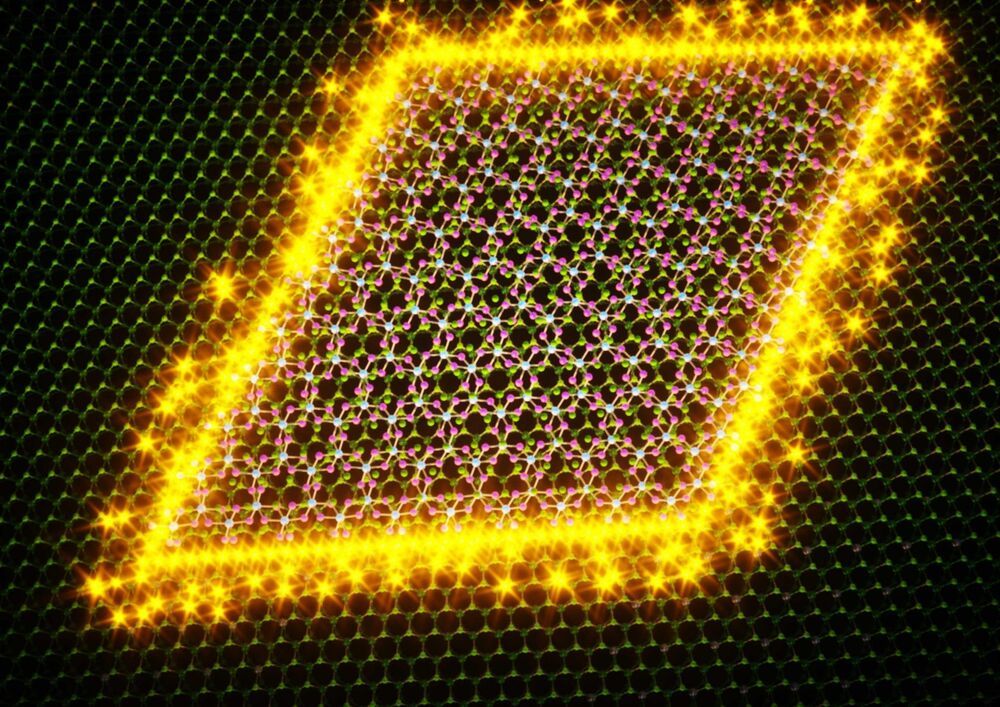In this week’s Decrypted, we analyze the aftermath of the FireEye breach.



NASA ability to launch cargo and humans into space has become much easier private companies got involved, and now another American company has been approved by the agency to handle its space deliveries.
This week, Jeff Bezos’ company Blue Origin was awarded a NASA Launch Services (NLS) II contract. It means Blue Origin’s New Glenn reusable launch service can and will be used for a range of missions, including launches for planetary, Earth observation, exploration, and scientific satellites.

Hydropower has been around for more than a century, and is currently the nation’s largest source of clean, domestic, renewable electricity. What could its role look like in the year 2050?
Providing about 7 percent of the nation’s electricity, hydropower supports more than 143, 000 jobs in engineering, manufacturing, construction and utility operations and maintenance — all while improving the environment and strengthening our economy. Additionally, pumped-storage hydropower represents 97 percent of all energy storage in the United States, offering the flexibility and reliability the electricity grid needs to deliver affordable clean energy to American homes and businesses.
So what does the future of hydropower look like? To answer that question, over the past two years the Energy Department has collaborated with more than 300 experts from more than 150 hydropower industry companies, environmental organizations, state and federal governmental agencies, academic institutions, electric power system operators, research institutions and other stakeholders to explore how it could evolve in the coming decades.

BOEM is responsible for offshore renewable energy development in Federal waters. The program began in 2009, when the Department of the Interior (DOI) announced the final regulations for the Outer Continental Shelf (OCS) Renewable Energy Program, which was authorized by the Energy Policy Act of 2005 (EPAct). These regulations provide a framework for all of the activities needed to support production and transmission of energy from sources other than oil and natural gas. BOEM anticipates future development on the OCS from these general sources:
Offshore Wind Energy
Offshore wind is an abundant, domestic energy resource that is located close to major coastal load centers. It provides an efficient alternative to long-distance transmission or development of electricity generation in these land-constrained regions.

In response to ongoing cybersecurity events, the National Security Agency (NSA) released a Cybersecurity Advisory Thursday “Detecting Abuse of Authentication Mechanisms.” This advisory provides guidance to National Security System (NSS), Department of Defense (DoD), and Defense Industrial Base (DIB) network administrators to detect and mitigate against malicious cyber actors who are manipulating trust in federated authentication environments to access protected data in the cloud. It builds on the guidance shared in the cybersecurity advisory regarding VMware with state-sponsored actors exploiting CVE 2020–4006 and forging credentials to access protected files, though other nation states and cyber criminals may use this tactic, technique, and procedure (TTP) as well.
Detecting abuse of authentication mechanisms infographic.

A three-floor apartment building is being constructed by Peri, a formwork and scaffolding maker, with the help of a 3D construction printer.
Germany-based Peri isn’t a newcomer to the ever-growing 3D construction printing segment. The apartment building is currently being printed in Bavaria, Germany, and the project was unveiled only two months after Peri announced i t was creating Germany’s first 3D printed two-story detached home.
Unlike the first project, this upcoming three-floor apartment building will contain 4, 090 square feet of occupiable space in the form of five apartment units and a basement. The units will be available in different sizes, good for both single occupants and families, Peri’s global business development manager of 3D construction printing Jan Graumann told Business Insider in an email interview.

New research, published in Nature, has measured highly sought-after Majorana quantum states. A team of theoretical and experimental physicists have designed a new ultra-thin material that they have used to create elusive quantum states. Called one-dimensional Majorana zero energy modes, these quantum states could have a huge impact for quantum computing.
Did you know iron could burn? The combustion of iron powder seen here is taking place on an entirely smokeless, carbon free basis.
Tested in microgravity aboard ESA sounding rockets by a team from McGill University in Canada and Eindhoven University of Technology in the Netherlands, this technique has now been harnessed by Swinkels Family Brewers in the Netherlands, helping to free their brewing process from reliance on fossil fuels.
“The best way to reduce carbon emissions into the atmosphere is not to emit it at all,” explains ESA engineer Antonio Verga, who worked on flying the team’s experiments aboard TEXUS sounding rockets.
Circa 2018
Californian robotics company Iron Ox claims to be ‘reinventing farming from the ground up’, as it unveils an autonomous indoor farm that leverages the latest advancements in arable science, machine learning, and robotics.
Indoor farms see harvesting, seeding and plant inspections occur thousands of times a day – tasks perfectly suited to robots. Iron Ox is using the latest in machine learning and computer vision to enable its robots to respond to the needs of individual plants.
The farm is now in full production, thanks to its two key proprietary robotics systems – a robotic arm and a mobile transport. They work cohesively, with the latter using sensors and computer vision technology more typically seen in a self-driving car. The robotic arm, meanwhile, can analyse each plant at sub-millimetre scale.
Walnut Tech AKA Walnutt, the electric skateboard maker with a thing for tiny skateboards, has just announced the pre-sale of its third-generation Spectra X electric skateboard and it is, well, tiny. Despite the diminutive size, Spectra X promised to deliver “a perfect balance of portability and range.” It has almost “unlimited range” – thanks to the swappable batteries.
In theory, as long you load up with battery packs, you can go on indefinitely. We said in theory because, at $99 a pop, buying a bunch of the battery could make you broke. Also, I am pretty sure the dual hub motor will be crying for a break. Anyways, the battery, which is a Samsung 18650 battery, is seamlessly integrated to the underside of the board without marring the aesthetic.
Swapping out battery literally takes a second and with one hand. I find it odd that Walnutt felt the need to emphasize the one-hand part. Anywho… I guess it is cool to know that you can swap battery like a boss. Maybe? Still on the battery… each pack offers between 8 and 10 kilometers (5−6 miles) range and also, Walnutt said the battery is air-friendly, though it did not detail how so. One thing for sure is, Spectra X electric skateboard is more sustainable compared to its cohort since the skateboard need not to be disposed when the battery’s lifespan ends.